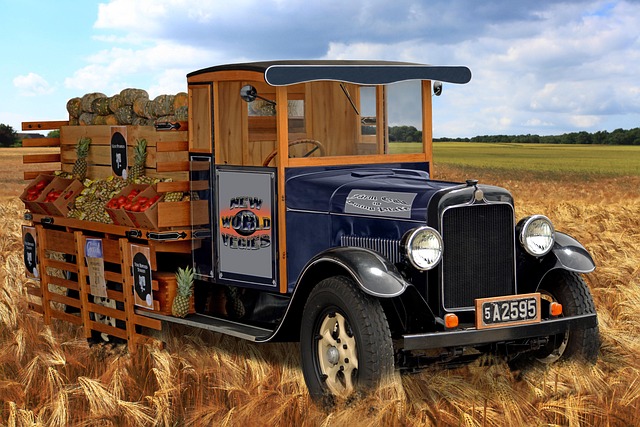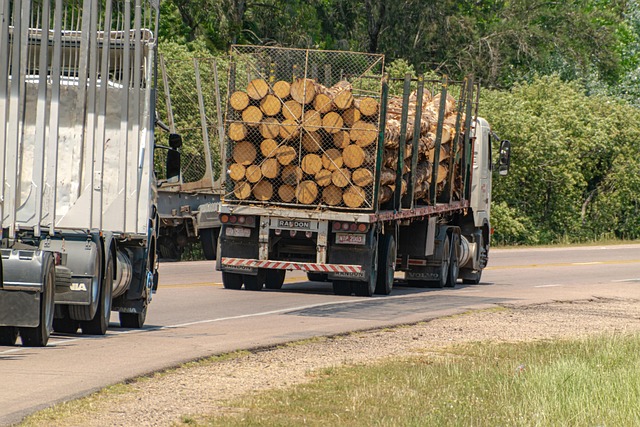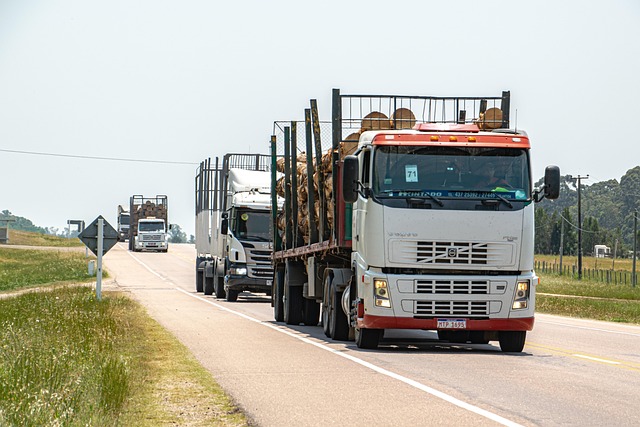Looking to register your car in California? This comprehensive guide walks you through the entire process, from understanding crucial requirements to completing DMV procedures. First, grasp the need for California car registration and its benefits. Next, assemble essential documents, including proof of insurance and vehicle ownership. Then, follow our step-by-step instructions at the DMV, emphasizing the critical dmv vin verification. Finally, pay fees and receive your official registration papers.
- Understand California Car Registration Requirements
- Gather Necessary Documents for Car Registration
- Visit the DMV: The Registration Process Step-by-Step
- Complete Vehicle Identification Number (VIN) Verification
- Pay Registration Fees and Receive Your Registration Papers
Understand California Car Registration Requirements

Before registering your car in California, it’s crucial to understand the state’s specific requirements. The California Department of Motor Vehicles (DMV) mandates several steps for new and existing vehicle owners alike. One critical aspect is the dmv vin verification, ensuring that the Vehicle Identification Number (VIN) is accurate and matches the vehicle’s characteristics. This process involves a thorough inspection, including checking the car’s make, model, year, and overall condition.
Additionally, consider utilizing mobile vin verification services to streamline the process. A mobile vin verifier can provide on-demand inspections, offering convenience for those with busy schedules. This modern approach to vin inspection allows you to complete necessary paperwork and register your vehicle efficiently, saving time and effort.
Gather Necessary Documents for Car Registration

Before you begin the registration process, make sure to gather all the essential documents required by the California Department of Motor Vehicles (DMV). This includes your vehicle’s title, which you’ll need to present as proof of ownership. Additionally, you’ll require a current registration from another state if this is your first time registering a car in California, or evidence of insurance coverage. The DMV also mandates a complete and accurate Vehicle Identification Number (VIN) verification. You can facilitate this process with a mobile vin verifier or conduct a vin inspection yourself by checking the VIN etch on the vehicle’s engine block or frame.
Don’t forget to bring your driver’s license, a valid ID card, and proof of residency in California, such as a utility bill or lease agreement. These documents are crucial for verifying your identity and establishing your residence, which are essential steps in the registration procedure. Ensuring that you have everything in order will streamline the process and save you time at the DMV.
Visit the DMV: The Registration Process Step-by-Step

Visit the DMV to initiate the registration process. Bring all required documents, including your vehicle’s registration certificate from the previous state (if applicable), proof of insurance, and a valid driver’s license. The DMV will conduct a DMV VIN verification to ensure the vehicle’s identification number matches the details on file. This step is crucial for ensuring accuracy in the registration process.
Once the VIN inspection is complete, you’ll be guided through the rest of the procedure. This involves filling out necessary forms and providing additional information. The staff will assist you in determining any fees and taxes associated with registering your vehicle in California. They’ll also explain the next steps to ensure a smooth transition during this important car registration process.
Complete Vehicle Identification Number (VIN) Verification

After gathering all the necessary documents, it’s crucial to complete a Vehicle Identification Number (VIN) Verification with the Department of Motor Vehicles (DMV). This step is essential for ensuring that your vehicle’s history is accurate and matching the records on file. A mobile vin verifier can be used for a convenient and efficient vin inspection, saving you time and effort. By providing your VIN to the DMV, they’ll cross-reference it with their databases to confirm the vehicle’s identity, age, and any reported issues or accidents.
This process is vital in California as it helps maintain the integrity of the state’s vehicle registration system. An accurate VIN inspection ensures that you’re purchasing a safe and legal vehicle. It’s recommended to have this verification done early in the registration process to avoid any delays or complications down the line, especially if you’re trading-in your old car or transferring ownership.
Pay Registration Fees and Receive Your Registration Papers

After completing your car’s registration application, it’s time to settle the fees involved. The California Department of Motor Vehicles (DMV) will calculate the total cost based on your vehicle’s type and age. This typically includes a registration fee, which can vary depending on various factors, such as if your car is new or used. You may also be required to pay for additional services like a mobile vin inspection or verification, ensuring your vehicle’s information is accurate and secure. These mobile vin verifiers can provide convenient alternatives to traditional DMV visits, allowing you to complete the process efficiently.
Once all fees are paid, the DMV will process your application and issue your registration papers. You’ll receive these documents by mail, usually within a few weeks. Ensure your records are kept safe, as these papers are essential for proof of ownership and vehicle registration. Remember to keep your registration up to date to avoid any penalties or legal issues related to an outdated registration.
Registering a car in California is a straightforward process, but it requires careful preparation. By understanding the state’s requirements, gathering all necessary documents, and completing steps like DMV VIN verification, you can ensure a smooth registration experience. Remember to pay your fees on time to keep your vehicle legally compliant on California roads.



